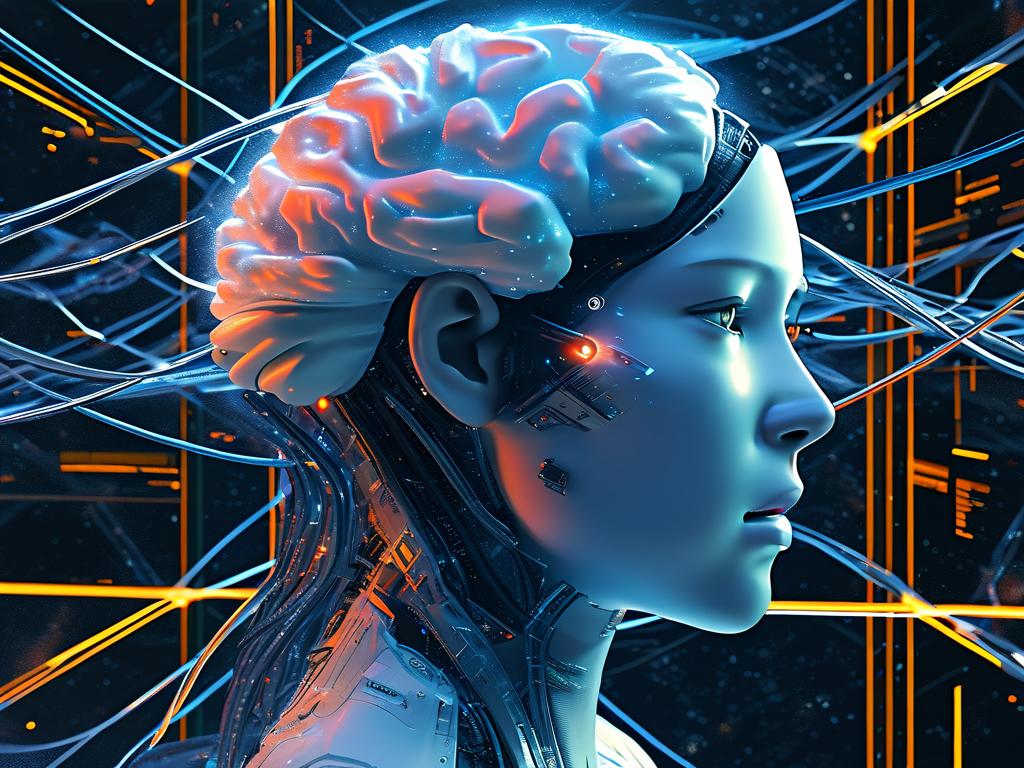The intersection of point cloud technology and memory computing is reshaping industries and creating diverse employment opportunities. Point clouds, which represent 3D spatial data through sets of points, are widely used in fields like autonomous vehicles, robotics, and augmented reality. Memory computing, involving in-memory data processing for faster analysis, enhances real-time applications. Together, they unlock new career paths that demand specialized skills and offer promising growth.

One significant employment direction lies in the automotive sector. Companies developing self-driving cars rely on point cloud data from LiDAR sensors to map environments. Memory computing accelerates this by processing massive datasets instantly, enabling split-second decisions. Professionals such as point cloud engineers or memory computing specialists are in high demand here. They design algorithms to filter noise, improve accuracy, and integrate with AI systems. For instance, a role might involve optimizing point cloud compression for efficient storage, using tools like Python or C++, while leveraging in-memory databases like Redis. Salaries often start at $90,000 annually, with senior positions exceeding $150,000, reflecting the critical need for innovation in safety and efficiency.
Another burgeoning area is in smart infrastructure and construction. Point clouds are essential for 3D scanning of buildings or bridges, capturing precise measurements for renovations or new projects. Memory computing allows real-time analysis of this data, reducing delays in design and monitoring. Careers here include BIM (Building Information Modeling) coordinators or computational designers who use software such as AutoCAD or Revit. These roles focus on converting raw point cloud scans into actionable models, ensuring structural integrity. The industry shift towards digital twins—virtual replicas of physical assets—fuels job growth, with opportunities in firms like AECOM or startups specializing in smart cities. Entry-level positions may require a bachelor's in engineering, while advanced roles demand certifications in cloud platforms like AWS or Azure for scalable memory solutions.
The gaming and entertainment industry also offers exciting prospects. Point clouds enable realistic 3D environments in virtual reality games or films, while memory computing ensures smooth, lag-free experiences by handling complex computations on-the-fly. Job titles like 3D visualization artists or real-time rendering engineers are common. These professionals work on optimizing point cloud data for immersive experiences, often using engines like Unity or Unreal Engine. Skills in GPU programming and distributed memory systems are crucial, as projects scale to massive datasets. With the rise of metaverse applications, demand is soaring, and remote work options make these roles accessible globally. Employers seek candidates with portfolios showcasing point cloud manipulation, and salaries can range from $70,000 for juniors to over $130,000 for experts in studios like Epic Games.
In healthcare and robotics, point cloud memory computing drives innovation. For example, surgical robots use point clouds for precise navigation during procedures, with memory computing enabling instant data analysis for error-free operations. Careers include robotics engineers or health tech developers who focus on sensor fusion and algorithm development. Roles often involve collaborating with medical teams to ensure data accuracy, requiring knowledge of libraries like PCL (Point Cloud Library) and in-memory frameworks like Apache Spark. The aging population and advancements in telemedicine are expanding this sector, with job openings in companies like Intuitive Surgical. Educational backgrounds in computer science or biomedical engineering are typical, and continuous learning in emerging tools is essential for career advancement.
Overall, the job market for point cloud memory computing is vibrant and evolving. Key skills include proficiency in programming languages such as Python or C++, expertise in data structures, and familiarity with cloud-based memory systems. Soft skills like problem-solving and teamwork are equally vital, as roles often involve cross-disciplinary collaboration. Future trends indicate growth in AI integration and edge computing, where point cloud data is processed locally for reduced latency. Aspiring professionals should pursue online courses or certifications from platforms like Coursera to stay competitive. With industries from agriculture to defense adopting these technologies, employment directions are diverse and rewarding, promising long-term stability and innovation-driven careers.









